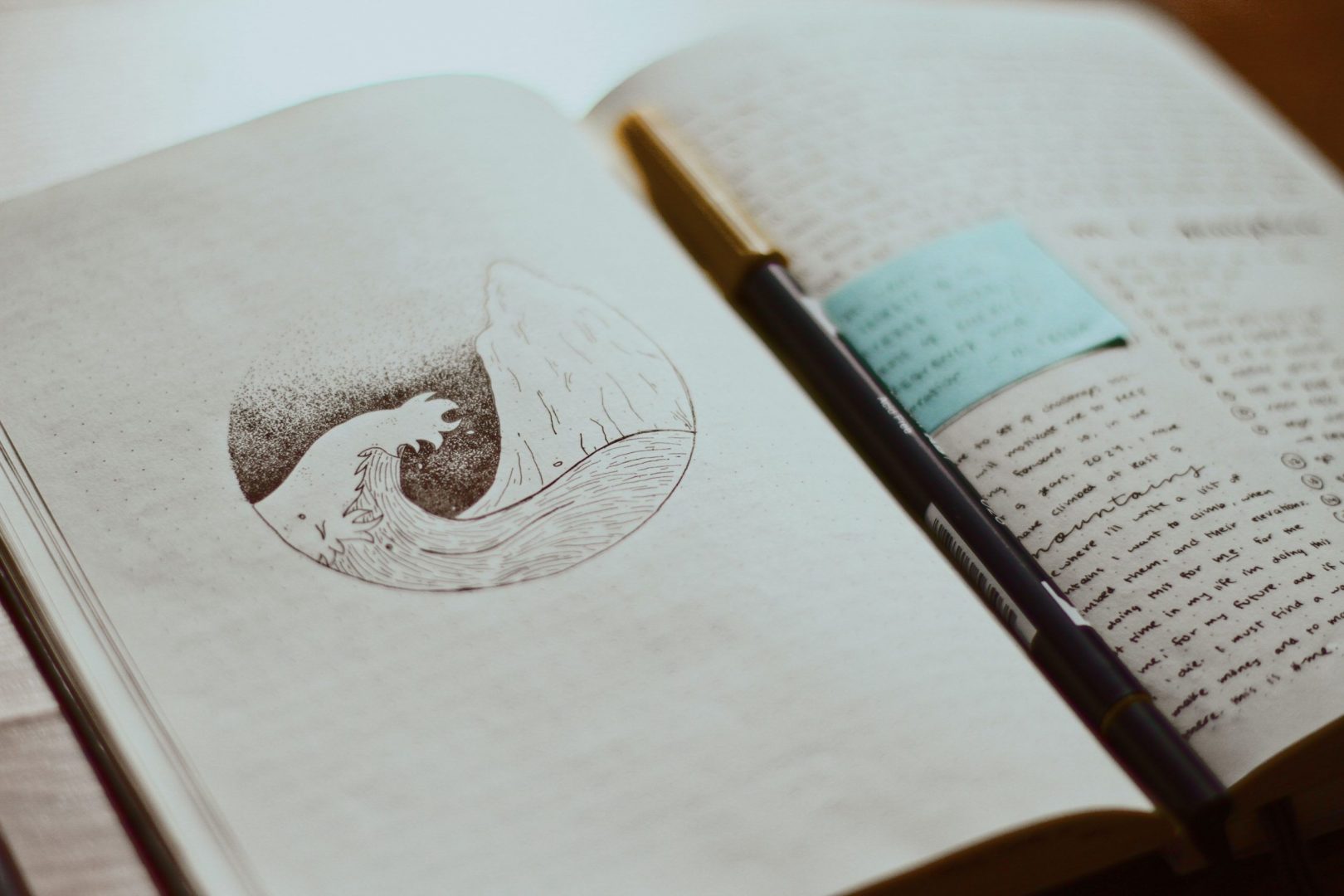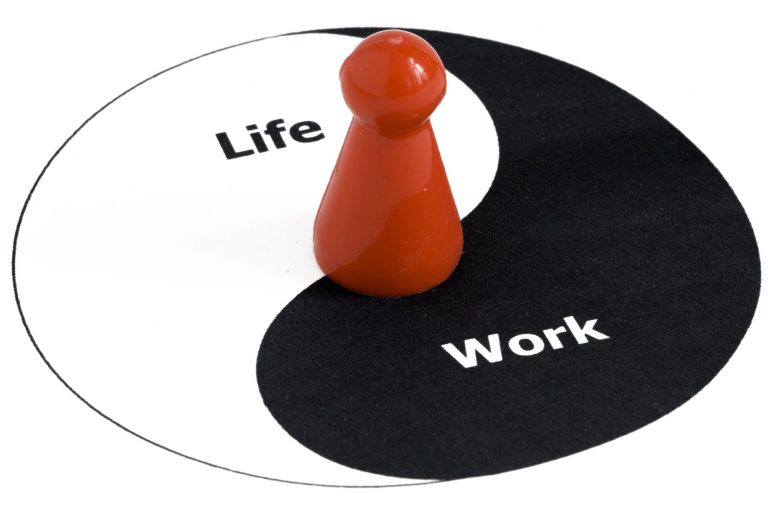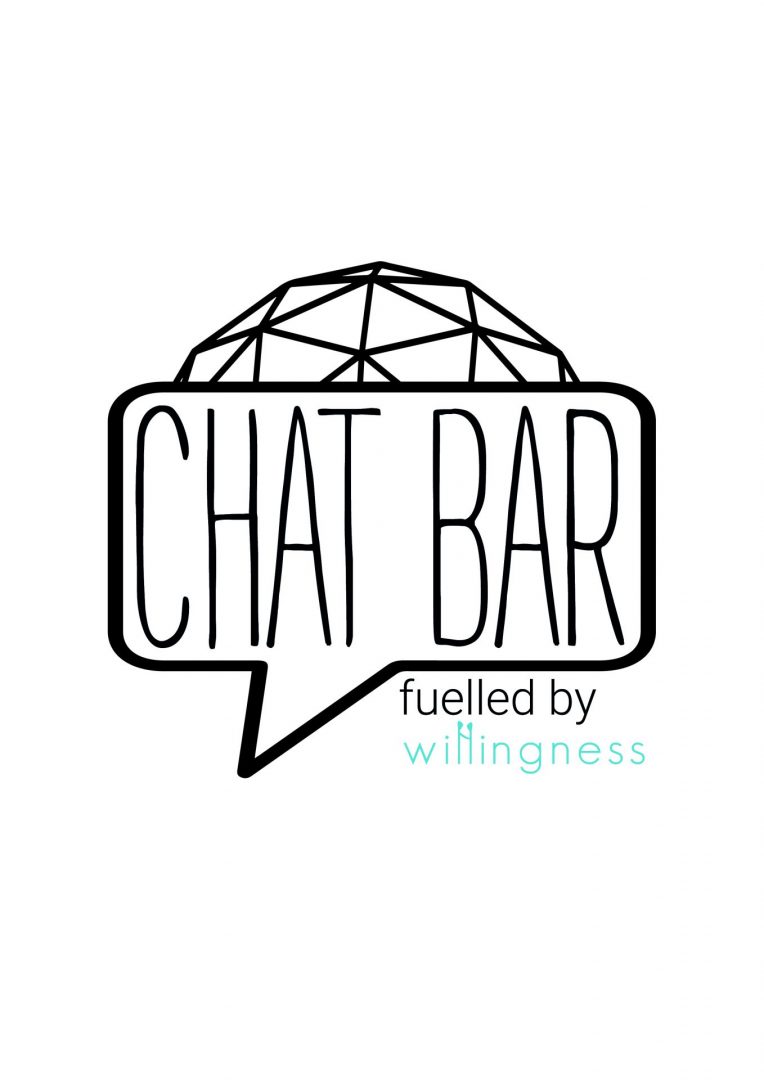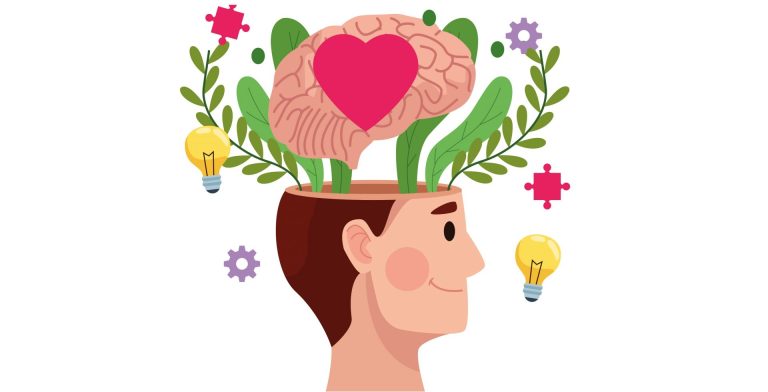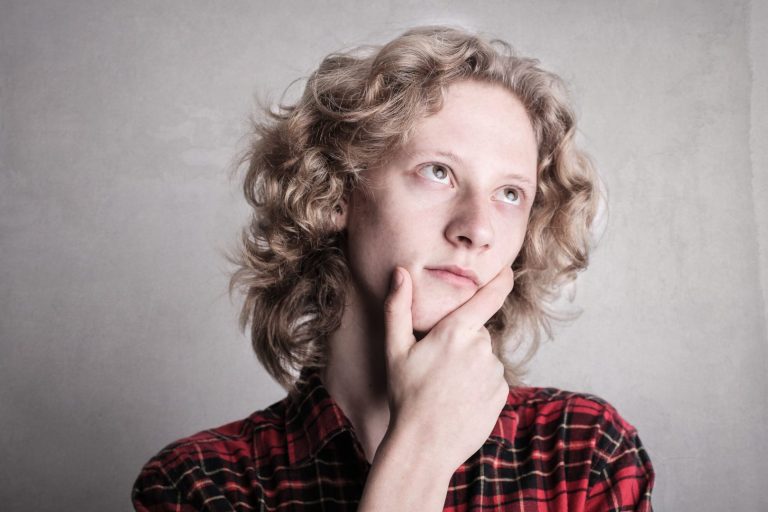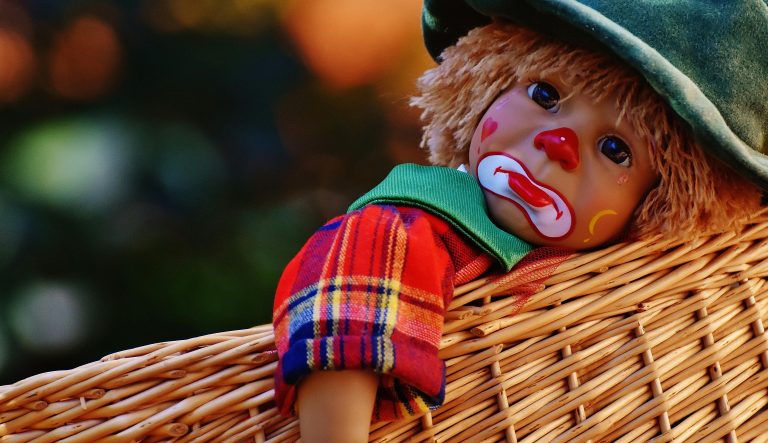Drawing from Within
Imagery provides a language and form for our emotional, relational, and soul-full lives. Psychotherapist Thomas Moore has gone so far as to say that every therapist should have some knowledge about art history and the creation of visual art, to express and explore personal imagery, and engage with the imagery of a client.
Exploring reality through the use of art materials, to engage in image making and the expression of inner emotions and sensations in the present moment, is a powerful form of communication. In 1979, Janie Rhyne, a pioneer in the area of Gestalt art therapy, conducted research on what she termed “emotional constructs.” By studying drawings of her clients’ emotional states, Rhyne discovered a certain level of consistency in the visual elements that are associated with specific feelings.
For example, “sadness” was often expressed with downward curving lines, while “excitement” presented in outward-reaching shapes.
Janie Rhyne created what she called the “Gestalt art experience,” to describe her method of working and her approach to the technique of art therapy. In this way, the therapist supports a client to explore their own unique abilities and qualities of perception and expression. These qualities and abilities are accessed through image creation and the journey to understand the visual messages that are conveyed by these forms.
Rather than putting the emphasis on a finished product, the focus is on the way that creating art supports a person’s expressive capacities.
One simple creative experiment that I have used with clients in the past can also be practiced at home.
You’ll need to:
• Prepare a blank A3 paper or piece cardboard, with a crayon or marker in front of you.
• Play some calming and meditative music in the background.
• Close your eyes and focus on your breathing, slowly inhaling and exhaling several times.
• Relax any tension in the body, especially in the areas around the jaw, the neck and shoulders, the spine, fingers and toes which tend to hold more tension.
• Try not to think too much, immersing yourself in the the music.
• Bracket any thoughts about the past or future but concentrate and be totally absorbed by the present moment, the sounds and sensations.
• Take your time, staying in and with the silence.
• When you feel ready, grab the crayon or marker, put it on the paper or cardboard, and whilst keeping your eyes closed, let it flow and move spontaneously.
• Stay with the moment and let your creativity flow.
• When you feel a sense of completion, slowly put the marker or crayon to one side and take your time to breath and open your eyes.
As shown in the exercise above, the gestalt art experience is focused on process rather than product. It is this process that brings contact into the foreground, and in this way, old ways of experiencing the world can be transformed while new views can be explored.
Pete Farrugia is a Trainee Gestalt Psychotherapist. In his profession he explores the intersection of psychosocial wellbeing, spiritual development, and creative expression.

